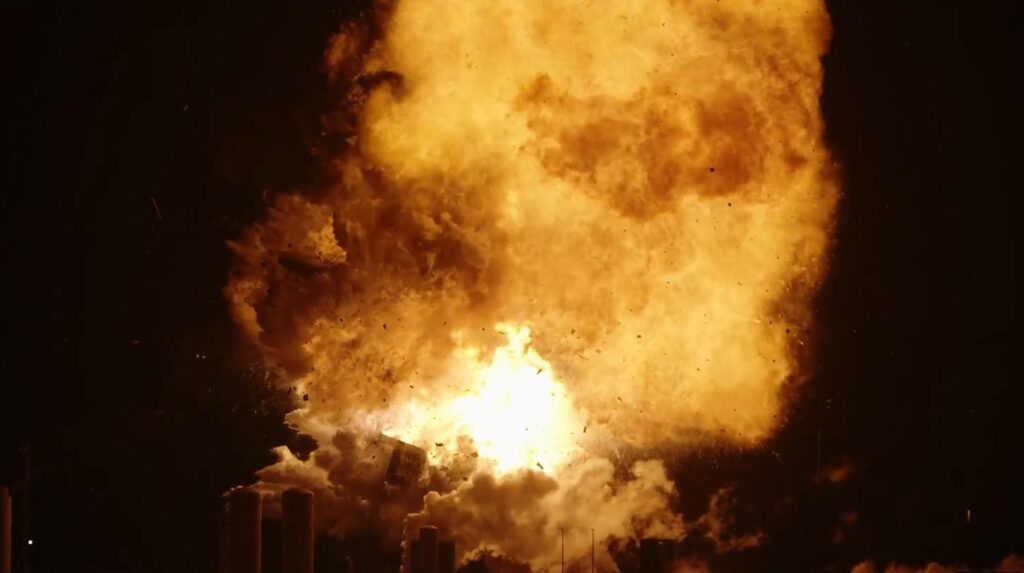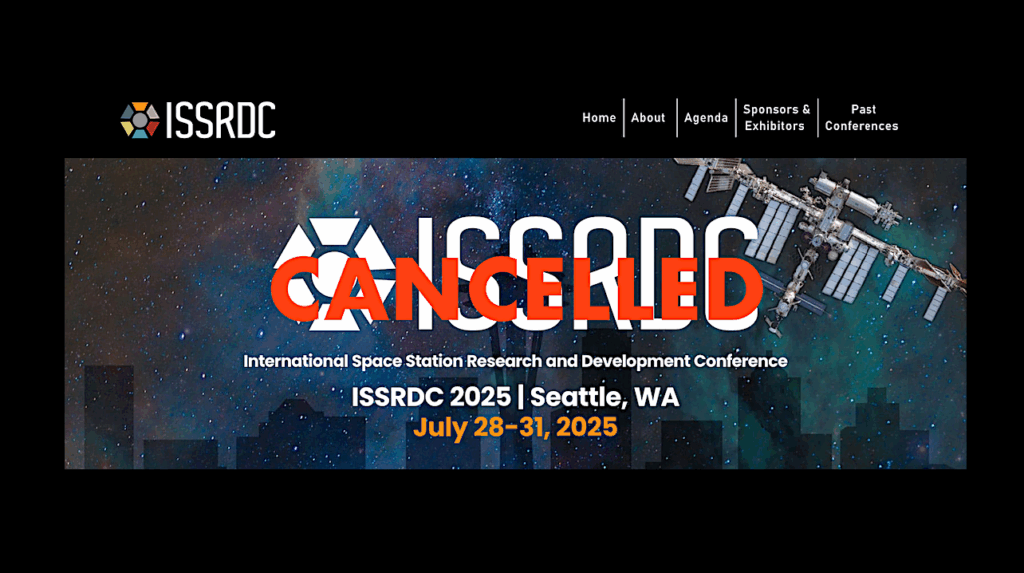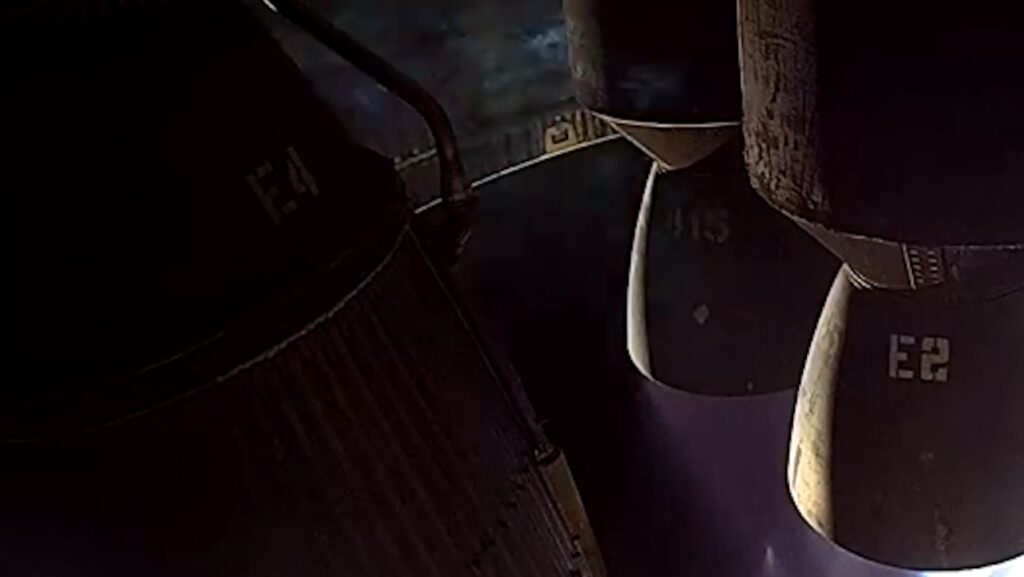Cold Fusion News That NASA Sort Of Announced – But Didn't

NASA Detects Lattice Confinement Fusion, NASA GRC
“A team of NASA researchers seeking a new energy source for deep-space exploration missions, recently revealed a method for triggering nuclear fusion in the space between the atoms of a metal solid. Their research was published in two peer-reviewed papers in the top journal in the field, Physical Review C, Volume 101 (April, 2020): “Nuclear fusion reactions in deuterated metals” and “Novel nuclear reactions observed in bremsstrahlung-irradiated deuterated metals. … With more study and development, future applications could include power systems for long-duration space exploration missions or in-space propulsion. It also could be used on Earth for electrical power or creating medical isotopes for nuclear medicine.”
 Keith’s note: As you know I have been posting Cold Fusion sightings on NASAWatch for years. NASA Glenn and Langley have had some folks working on this for years. They usually use center director’s discretionary funds or other funding sources that require little scrutiny from the normal research funding process. And they make big claims for their research but they rarely have proof to back up their claims. Now it seems that these folks have published in peer reviewed journals in April 2020. The implications, as mention on this official NASA web page could be profound. So, assuming that everything mentioned in this NASA GRC post and the associated papers is true, then why has NASA been silent about this? Seriously, this would be one heck of a spinoff for NASA to crow about. Does NASA HQ not know about this? Do they know but do not care? Or is there still something missing that makes this whole thing a real solution to space travel?
Keith’s note: As you know I have been posting Cold Fusion sightings on NASAWatch for years. NASA Glenn and Langley have had some folks working on this for years. They usually use center director’s discretionary funds or other funding sources that require little scrutiny from the normal research funding process. And they make big claims for their research but they rarely have proof to back up their claims. Now it seems that these folks have published in peer reviewed journals in April 2020. The implications, as mention on this official NASA web page could be profound. So, assuming that everything mentioned in this NASA GRC post and the associated papers is true, then why has NASA been silent about this? Seriously, this would be one heck of a spinoff for NASA to crow about. Does NASA HQ not know about this? Do they know but do not care? Or is there still something missing that makes this whole thing a real solution to space travel?
– Earlier Cold Fusion Postings









Transforming a tiny physics phenomenon into an engineering creation that can propel a spacecraft is a long shot. NASA management sees these claims of “revolutionary” breakthroughs all the time. These wonders always violate conservation of energy or conservation of momentum when studied closely.
They obviously do not want to be ridiculed (again) if the claims turn out to be false.
Or maybe they just don’t care …
Has NASA funded development of the Flux Capacitor?
Think about it… With a time machine they could travel forward to obtain all the advanced tech they need. Flitting about the Solar System would then instantly be a breeze without having to wait (there’s wordplay in there somewhere) through all the frustrating development time.
Reminds me of the SNL skit about ‘Einstein Express’ whose motto was “when it has to be there yesterday”.
I suspect that there is no funding to repeat the experiment. No one else has an incentive to fund a validation.
This is exactly the type of research the government should be funding, not in terms of publications, but in terms of confirmation and then applications. Yes, the risk of the research failing is high, but even in failing you often learn something useful. Bell Labs failed to find a better material for phone wires in the 1940’s, but the semiconducting materials they discover transformed the world and have basically eliminated the need for phones wired to walls.
It violates the laws of physics
If true, it would demand NASA think a bit more innovatively about how to get to Mars than Orion-SLS type architectures using conventional liquid rockets / gravity assist. Can NASA break out of rigid mindsets and embrace new ideas quickly? I’m not sure – they still adopt a Space 1.0 approach to many things. This would challenge all that.
They can. Go talk to Congress about their desire to keep the status quo for Big Defense before you blame NASA.
There are already lots of ways of creating a confined fusion reaction. It’s just that none of them have come close to break even. This is pretty interesting and seems to have some possible advantages. We shouldn’t throw out every attempt due to semantic similarities with something that was misrepresented decades ago. Looking forward to someone duplicating the results.